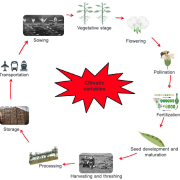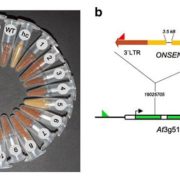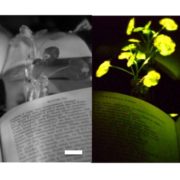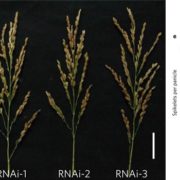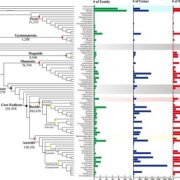The global distribution of plant diversity and its significance to humans
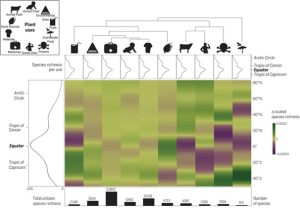 Plants shape ecosystems and sustain human life. Only a small portion of plant diversity is currently known to be in use, even though most plants may be useful to humans. Over time, certain species become widespread, but others are native to specific geographical regions. Thus, to manage plant resources efficiently and sustainably, people must understand the regional patterns of species variation. Pironon et al. followed Economic Botany Data Collection Standards to examine how 35,687 plant species are used worldwide for ten categories (food, materials, fuels, medicines, and others). All categories showed similar latitudinal variation in used plant species richness, representing greater values in the tropics but diminishing toward high latitudes. However, there are notable differences between temperate and tropical regions. Temperate environments contain more vertebrate food, social, and poisonous plant species. Tropical habitats have more species related to food, materials, and medicine. Human-used plants are more diverse in Mesoamerica, the Horn of Africa, and Southern Asia, but fewer protected areas in these locations reduce the biodiversity of exploited species. The relationship between species diversity and plant variety suggests safeguarding biodiversity hotspots protects these species. Multiple species and their genetic diversity are underrepresented in seed banks and botanical gardens. Therefore, it is crucial to identify and understand the diversity and geographic spread of plant species used by people to implement conservation policies and develop plant-derived solutions to global concerns like hunger, diseases, and climate change. (Summary by Maneesh Lingwan @LingwanManeesh) Science 10.1126/science.adg8028
Plants shape ecosystems and sustain human life. Only a small portion of plant diversity is currently known to be in use, even though most plants may be useful to humans. Over time, certain species become widespread, but others are native to specific geographical regions. Thus, to manage plant resources efficiently and sustainably, people must understand the regional patterns of species variation. Pironon et al. followed Economic Botany Data Collection Standards to examine how 35,687 plant species are used worldwide for ten categories (food, materials, fuels, medicines, and others). All categories showed similar latitudinal variation in used plant species richness, representing greater values in the tropics but diminishing toward high latitudes. However, there are notable differences between temperate and tropical regions. Temperate environments contain more vertebrate food, social, and poisonous plant species. Tropical habitats have more species related to food, materials, and medicine. Human-used plants are more diverse in Mesoamerica, the Horn of Africa, and Southern Asia, but fewer protected areas in these locations reduce the biodiversity of exploited species. The relationship between species diversity and plant variety suggests safeguarding biodiversity hotspots protects these species. Multiple species and their genetic diversity are underrepresented in seed banks and botanical gardens. Therefore, it is crucial to identify and understand the diversity and geographic spread of plant species used by people to implement conservation policies and develop plant-derived solutions to global concerns like hunger, diseases, and climate change. (Summary by Maneesh Lingwan @LingwanManeesh) Science 10.1126/science.adg8028


